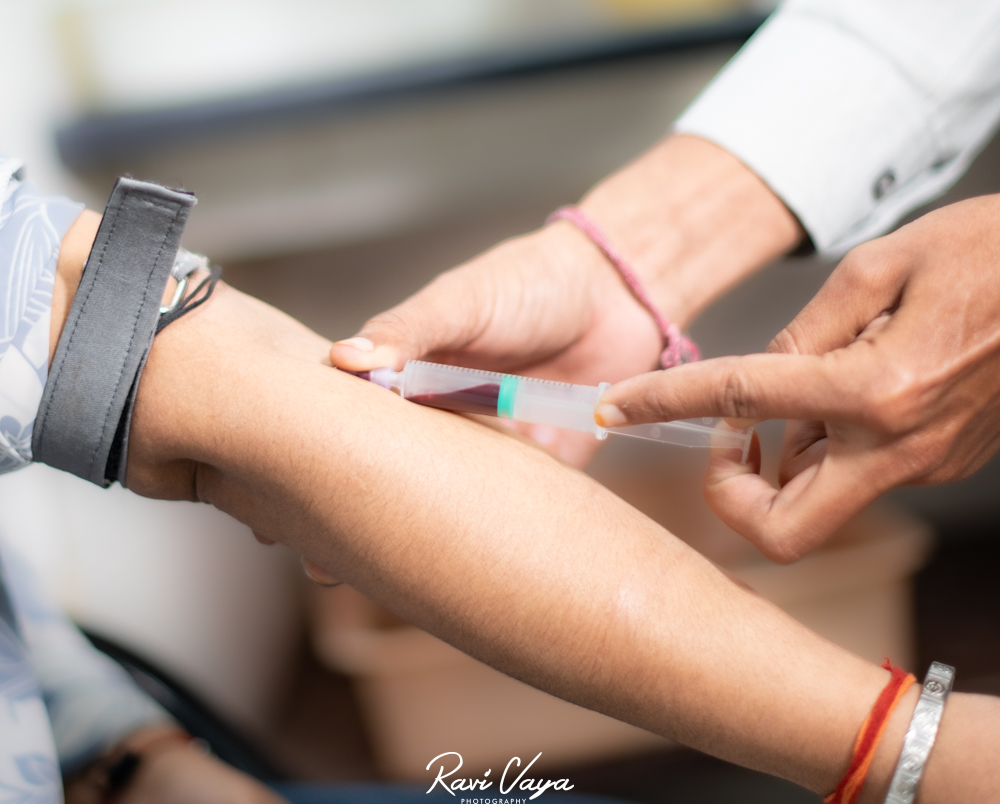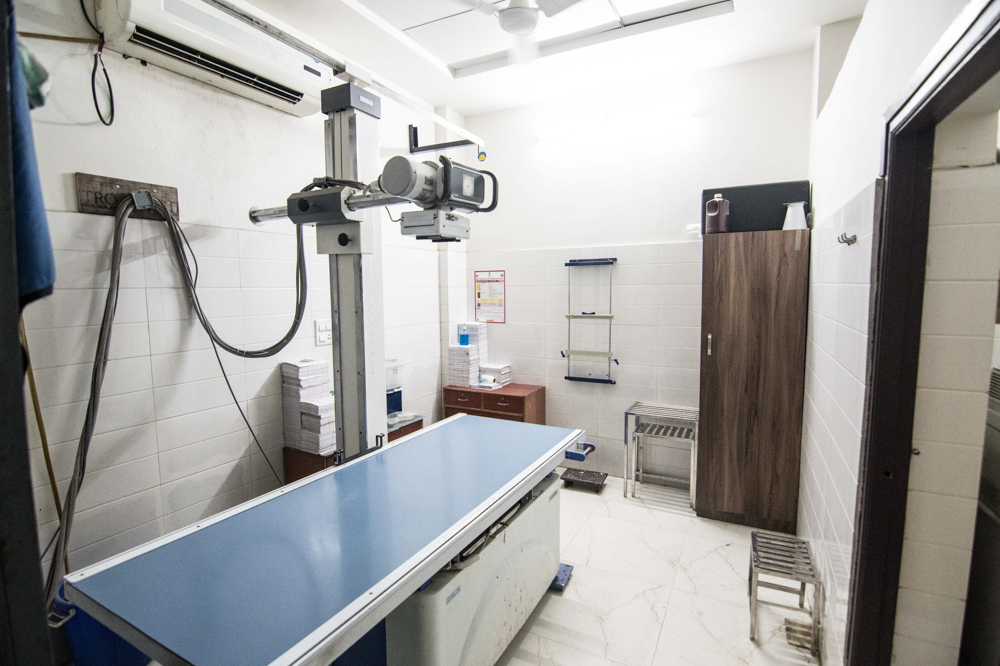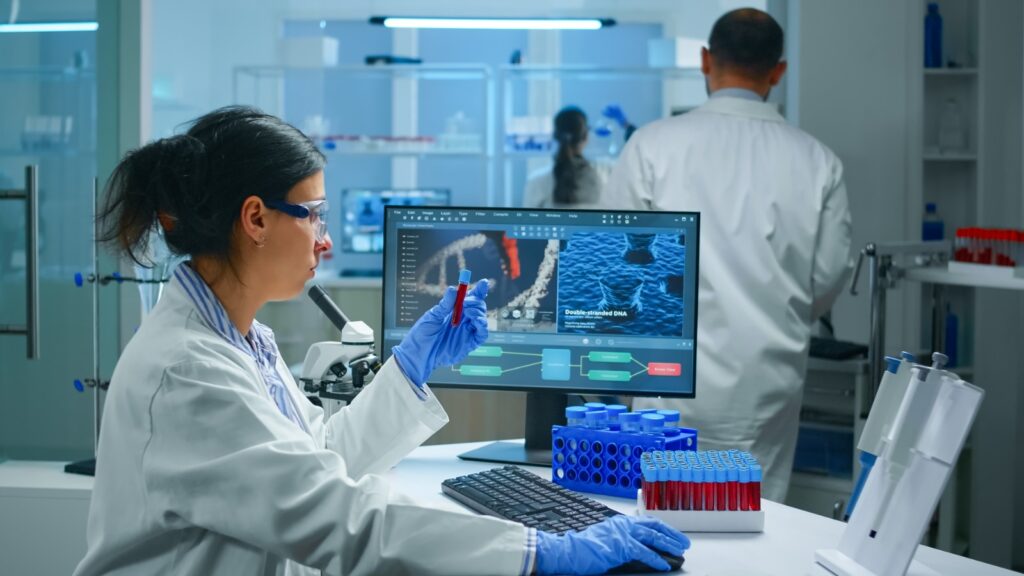Lung cancer remains one of the most challenging and deadly forms of cancer worldwide. However, advancements in medical technology and diagnostic procedures have significantly improved our ability to detect and treat this disease in its early stages. This article explores the critical role of minimally invasive procedures in the early diagnosis of lung cancer, emphasizing the importance of timely detection and treatment.
The Importance of Early Detection
When it comes to lung cancer, early detection can make a world of difference in treatment outcomes and survival rates. Detecting lung cancer in its initial stages allows for more effective treatment options and increases the chances of successful recovery. Unfortunately, many cases of lung cancer are diagnosed at advanced stages, making treatment more challenging and reducing the likelihood of long-term survival.
This is where minimally invasive diagnostic procedures come into play. These techniques allow medical professionals to detect lung cancer at earlier stages, often before symptoms become apparent. By utilizing these advanced methods, diagnostic centers in Kota and around the world are making significant strides in the fight against lung cancer.
Minimally Invasive Diagnostic Procedures
Several minimally invasive procedures have revolutionized lung cancer diagnosis. Let’s explore some of the most common and effective techniques:
- Low-Dose CT Scans
Low-dose computed tomography (CT) scans are at the forefront of early lung cancer detection. This imaging technique uses X-rays to create detailed, cross-sectional images of the lungs. Unlike traditional X-rays, low-dose CT scans can detect smaller, early-stage lung tumors with greater accuracy.
Many modern diagnostic centers in Kota offer low-dose CT scans as part of their lung cancer screening programs. These scans are particularly recommended for individuals at high risk of developing lung cancer, such as long-term smokers or those with a family history of the disease.
- Endobronchial Ultrasound (EBUS)
Endobronchial ultrasound is a minimally invasive procedure that combines bronchoscopy with ultrasound technology. This technique allows doctors to visualize and sample lymph nodes and other structures around the airways without the need for more invasive surgical procedures.
During an EBUS procedure, a thin, flexible tube with an ultrasound probe at its tip is inserted through the mouth and into the airways. This enables real-time imaging of the lungs and surrounding tissues, allowing for precise biopsies of suspicious areas.
- Navigational Bronchoscopy
Navigational bronchoscopy is an advanced technique that uses GPS-like technology to guide a bronchoscope through the complex network of airways in the lungs. This procedure is particularly useful for reaching small, peripheral lung nodules that may be difficult to access with traditional bronchoscopy.
By combining CT imaging with specialized software, navigational bronchoscopy creates a three-dimensional map of the patient’s lungs. This map guides the bronchoscope to the exact location of suspicious nodules, allowing for accurate biopsies and early diagnosis.
- Liquid Biopsy
Liquid biopsy is a revolutionary technique that involves analyzing blood samples for circulating tumor cells or tumor DNA. This non-invasive method can detect genetic mutations associated with lung cancer, potentially allowing for early diagnosis without the need for more invasive procedures.
While still in its early stages of development, liquid biopsy shows great promise in the field of lung cancer diagnosis and monitoring. Many diagnostic points in Kota are keeping a close eye on this emerging technology and its potential applications.
- Virtual Bronchoscopy
Virtual bronchoscopy is a non-invasive imaging technique that uses CT scans to create detailed, three-dimensional images of the airways. This procedure allows doctors to examine the lungs and airways without actually inserting a bronchoscope into the patient’s body.
While virtual bronchoscopy cannot replace traditional bronchoscopy for obtaining tissue samples, it can be a valuable tool for planning more invasive procedures and identifying areas of concern.
The Role of Diagnostic Centers in Kota
Kota diagnostic centers play a crucial role in the early detection and diagnosis of lung cancer. These facilities are equipped with state-of-the-art technology and staffed by experienced medical professionals who specialize in various diagnostic procedures.
By offering a wide range of minimally invasive diagnostic techniques, diagnostic centers in Kota are at the forefront of the fight against lung cancer. These centers provide accessible and comprehensive screening services, enabling residents to take proactive steps in managing their lung health.
Moreover, modern diagnostic centers in Kota often collaborate with oncologists and other specialists to ensure a seamless transition from diagnosis to treatment. This integrated approach helps streamline the patient’s journey and ensures they receive the most appropriate care based on their specific diagnosis.
Benefits of Minimally Invasive Procedures
The adoption of minimally invasive diagnostic procedures for lung cancer offers numerous benefits:
- Reduced Risk and Discomfort: Compared to traditional surgical biopsies, minimally invasive procedures carry a lower risk of complications and cause less discomfort for patients.
- Faster Recovery Times: Patients undergoing minimally invasive procedures typically experience shorter recovery times, allowing them to return to their normal activities more quickly.
- Improved Accuracy: Advanced imaging techniques and precise targeting capabilities of minimally invasive procedures often result in more accurate diagnoses.
- Earlier Detection: These procedures can detect lung cancer at earlier stages, often before symptoms appear, leading to better treatment outcomes.
- Cost-Effectiveness: In many cases, minimally invasive procedures are more cost-effective than traditional surgical approaches, making them more accessible to a broader range of patients.
Challenges and Future Directions
While minimally invasive procedures have greatly improved lung cancer diagnosis, challenges remain. One of the primary concerns is ensuring equal access to these advanced diagnostic techniques across different regions and socioeconomic groups.
Diagnostic centers in Kota and other cities are working to address these challenges by expanding their services and investing in the latest technologies. However, continued efforts are needed to make these life-saving procedures available to all who need them.
Looking to the future, researchers are exploring new frontiers in lung cancer diagnosis. Artificial intelligence and machine learning algorithms are being developed to analyze medical images and detect subtle signs of lung cancer that may be missed by human observers. These technologies have the potential to further enhance the accuracy and efficiency of lung cancer screening programs.
Additionally, ongoing research into biomarkers and genetic profiling may lead to even more precise and personalized diagnostic approaches. These advancements could potentially allow for the detection of lung cancer at even earlier stages or identify individuals at high risk before the disease develops.
The Importance of Regular Screening
While minimally invasive procedures have revolutionized lung cancer diagnosis, their effectiveness relies heavily on regular screening. Individuals at high risk for lung cancer, such as long-term smokers or those with a family history of the disease, should consider regular screening at a diagnostic center in Kota or their local area.
Early detection through regular screening can significantly improve treatment outcomes and survival rates. Many Kota diagnostic centers offer comprehensive lung cancer screening programs that combine low-dose CT scans with other diagnostic techniques to provide a thorough evaluation of lung health.
It’s important to note that lung cancer screening is not just for those who are experiencing symptoms. In fact, the goal of screening is to detect cancer before symptoms appear, when it is most treatable. By making regular screening a part of their healthcare routine, individuals can take a proactive approach to their lung health and potentially catch any issues at an early, more treatable stage.
Conclusion
Minimally invasive procedures have transformed the landscape of lung cancer diagnosis, offering new hope in the fight against this deadly disease. By enabling earlier detection and more accurate diagnoses, these techniques are saving lives and improving outcomes for patients around the world.
Diagnostic centers in Kota and other cities play a vital role in making these advanced procedures accessible to the public. As technology continues to evolve and new diagnostic methods emerge, the future of lung cancer diagnosis looks increasingly promising.
Remember, early detection is key in the battle against lung cancer. If you’re at high risk or have concerns about your lung health, don’t hesitate to reach out to a diagnostic center in Kota or your local area to discuss screening options. Your proactive approach today could make all the difference in your health tomorrow.
Frequently Asked Questions:-
Q1: How often should I get screened for lung cancer at Dr. Vaya’s Lab, Kota?
A: The frequency of lung cancer screening depends on individual risk factors. At Dr. Vaya’s Lab in Kota, we recommend annual screenings for high-risk individuals, such as current or former heavy smokers aged 55-80. However, it’s best to consult with our specialists to determine the most appropriate screening schedule for your specific situation.
Q2: What makes the minimally invasive procedures at Dr. Vaya’s Lab, Kota different from traditional diagnostic methods?
A: At Dr. Vaya’s Lab in Kota, our minimally invasive procedures offer several advantages over traditional methods. They are less invasive, causing minimal discomfort and allowing for quicker recovery times. Additionally, these procedures often provide more accurate results and can detect lung cancer at earlier stages, potentially improving treatment outcomes.
Q3: Are the minimally invasive procedures for lung cancer diagnosis painful?
A: Most patients at Dr. Vaya’s Lab in Kota find these procedures to be relatively comfortable. While you may experience some mild discomfort, our team takes every measure to ensure your comfort throughout the process. Many procedures are performed under local anesthesia or mild sedation to minimize any potential pain or discomfort.
Q4: How long does it take to get results from a lung cancer screening at Dr. Vaya’s Lab, Kota?
A: At Dr. Vaya’s Lab in Kota, we understand the importance of timely results. While the exact timeframe can vary depending on the specific procedure, we typically aim to provide results within a few days to a week. Our team will keep you informed throughout the process and ensure you receive your results as quickly as possible.
Q5: What should I do if my screening at Dr. Vaya’s Lab, Kota shows a suspicious nodule?
A: If your screening at Dr. Vaya’s Lab in Kota reveals a suspicious nodule, don’t panic. Our expert team will guide you through the next steps, which may include additional tests or a biopsy to determine if the nodule is cancerous. Remember, many lung nodules are benign, and early detection gives you the best chance for successful treatment if it is cancer.
Call to Action:
At Dr. Vaya’s Lab in Kota, we’re committed to providing state-of-the-art diagnostic services to safeguard your health. Our advanced minimally invasive procedures for lung cancer diagnosis offer you the best chance for early detection and successful treatment. Don’t wait until symptoms appear – take control of your lung health today. Contact Dr. Vaya’s Lab in Kota to schedule your lung cancer screening or to learn more about our comprehensive diagnostic services. Our experienced team is ready to guide you through the process, ensuring you receive the highest quality care in a comfortable and supportive environment. Remember, early detection saves lives – make your appointment with Dr. Vaya’s Lab in Kota today and breathe easier knowing you’re taking proactive steps for your health.




